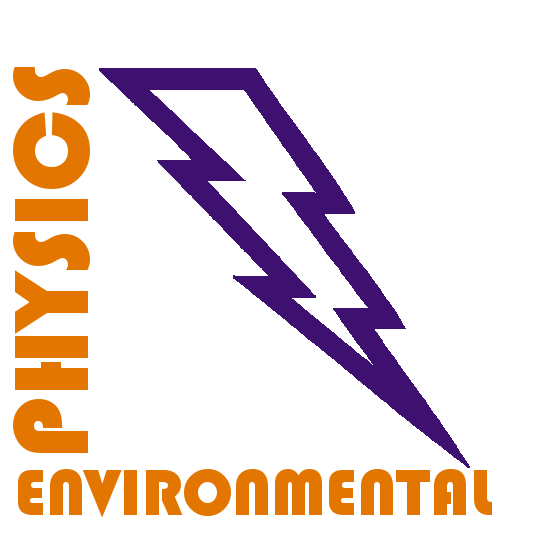Faculty of Mathematics, Physics and Informatics, Comenius University Bratislava |
Atmospheric Plasma Discharge Interaction with Water MicrodropletsHassan M.E., Janda M., Machala Z. |
|
Abstract: Atmospheric air plasmas create reactive oxygen and nitrogen species (RONS) which produce, in contact with water, “plasma-activated water” (PAW) solutions. PAW contains various solvated RONS, e.g., of long-lived species H2O2, O3, NO2¯, and NO3¯, as well as other short-lived species. PAW has many potential applications in biomedicine and agriculture. Aerosol of liquid is an efficient way to accelerate the transport of gaseous RONS into water by producing microdroplets with a larger surface-area-to-volume ratio. Plasma discharge type of streamer corona is produced at 16 kV in air through a pin-to-plane geometry setup coupled with deionized water aerosol of charged or non-charged microdroplets produced by two separated methods. The solvation of RONS in the electrosprayed water microdroplets is enhanced due to the larger plasma–water interaction interface that is produced. H2O2 is depleted from the gas phase that dissolved completely in water, while O3 could be detectable in the gas phase and is solvated in water much less due to the 7 orders of magnitude lower Henry’s law coefficient. H2O2 is solvated by 1 order of magnitude higher in the non-charged microdroplets which indicates the high concentration of OH radicals produced during the interaction of discharge with the widespread water mist because of its lower volume and mass compared to the electrosprayed microdroplets. These results can lead to a better understanding of the transport mechanism of plasma RONS into the water and will enable the optimization of plasma–liquid interaction systems in general.
|
|
|

